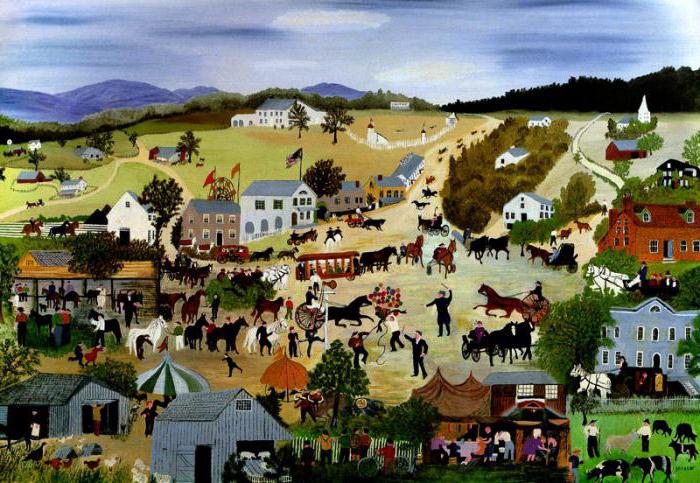Romanticism in painting
In the late 18th and early 19th centuries, the ideas of classicism andEnlightenment lost its appeal and relevance. A new trend in art that, in response to the canonical devices of classicism and the moral social theories of the Enlightenment, appealed to the person, his inner world, gaining strength and mastering the minds. Romanticism has become very widespread in all areas of cultural life and philosophy. Musicians, artists and writers in their works sought to show the high destiny of man, his rich spiritual world, the depth of feelings and experiences. Henceforth, a person with his inner struggle, spiritual search and experience, and not the "blurred" ideas of universal prosperity and prosperity, became the main theme in works of art.
Romanticism in painting
The depth of ideas and their personal experiencespainters convey through an artistic image created with the help of composition, color, accents. In different countries of Europe had their own peculiarities in the interpretation of romantic images. This is due to philosophical trends, as well as socio-political situation, the living response to which was art. Painting was no exception. Splintered into small principalities and duchies, Germany did not experience serious social upheavals, the artists did not create monumental canvases depicting the heroes of the Titans, the deep spiritual world of man, his beauty and grandeur, moral aspirations evoked interest here. Therefore, the most complete romanticism in German painting is represented in portraits and landscapes. The works of Otto Runge are classic examples of this genre. In portraits performed by the painter, through the fine elaboration of features of the face, eyes, through the contrast of light and shadow, the artist's aspiration is shown to show the contradictory nature of the person, its power and depth of feeling. Through the landscape, a somewhat fantastic, exaggerated image of trees, flowers and birds, the artist also tried to discover the multifacetedness of the human personality, its similarity with nature, diverse and unknown. A bright representative of romanticism in painting was landscape painter KD Friedrich, who made accents on the strength and power of nature, mountain, sea landscapes, consonant with man.
Romanticism in French painting developed according to differentprinciples. Revolutionary upheavals, violent social life manifested in painting artists gravity to the image of historical and fantastic plots, with pathos and "nervous" agitation, which was achieved by a bright color contrast, expression of movements, some randomness, spontaneity of composition. The most complete and vividly romantic ideas are presented in the works of T. Jericho, E. Delacroix. Artists masterfully used color and light, creating a throbbing depth of feelings, a sublime impulse towards struggle and freedom.
Romanticism in Russian painting
Russian public thought responded very vividlyon emerging in Europe new directions and trends. The bourgeois revolution, and then the war with Napoleon, are those significant historical events that have most seriously affected the philosophical and cultural studies of the Russian intelligentsia. Romanticism in Russian painting was represented in three main genres: a portrait, a landscape, a monumental art, where the influence of classicism was very strong, and romantic ideas were closely intertwined with academic canons.
In the art of the portrait in the early nineteenth centurymore attention is paid to the image of the creative intelligentsia, poets and artists of Russia, as well as ordinary people and peasants. Kiprensky, Tropinin, Bryullov with great love tried to show the depth and beauty of a person's personality, through the look, the turn of the head, the details of the costume to convey the spiritual quest, the freedom-loving character of their "models". Great interest in the person's personality, its central place in art contributed to the flourishing of the genre of self-portrait. And self-portraits artists did not draw to order, it was a creative impulse, a kind of self-report to contemporaries.
Landscapes in the work of romantics also differeddistinctiveness. Romanticism in painting reflected and conveyed the mood of man, the landscape had to be consonant with him. That is why the artists tried to reflect the rebellious nature of nature, its power and spontaneity. Pictures of Aivazovsky, Orlovsky, Shchedrin depicting the sea element, mighty trees, mountain ranges, on the one hand, conveyed the beauty and multicolored real landscapes, on the other, created a certain emotional mood.







